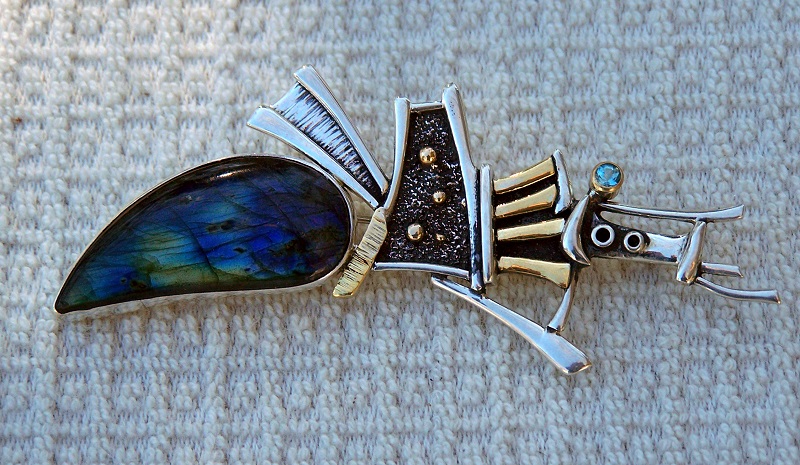Our friend, Richella - may she rest in peace - still lives through her tiny raku pots, even while the last of her brood of cats grows old, sleeping on our dining room table eleven years after Richella passed away. Richella’s art has been collected all over the United States and other parts of the world. Her goal was to be in a show at the Smithsonian. After she mastered the technical aspect of pottery, she judged her craftsmanship and her designs based on whether they could be accepted at the Smithsonian. Not a bad aspiration, and she would have made it had she continued to live and produce work.
A Greek potter a few centuries before the common era (BCE or BC?) would have thought they were hot stuff because one of their decorated pots would cost a day’s wages.¹ Imagine if they had known that 2000 years later their work would be sold for over $100K and be on display as an historic artifact. That person, whoever they are, has truly left a their mark on the world, even if we don’t know their name.






























